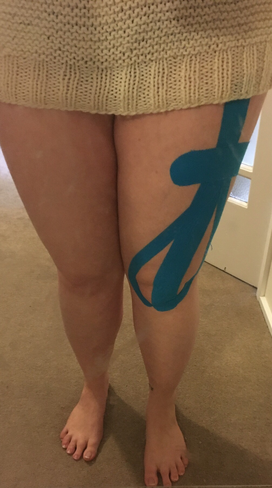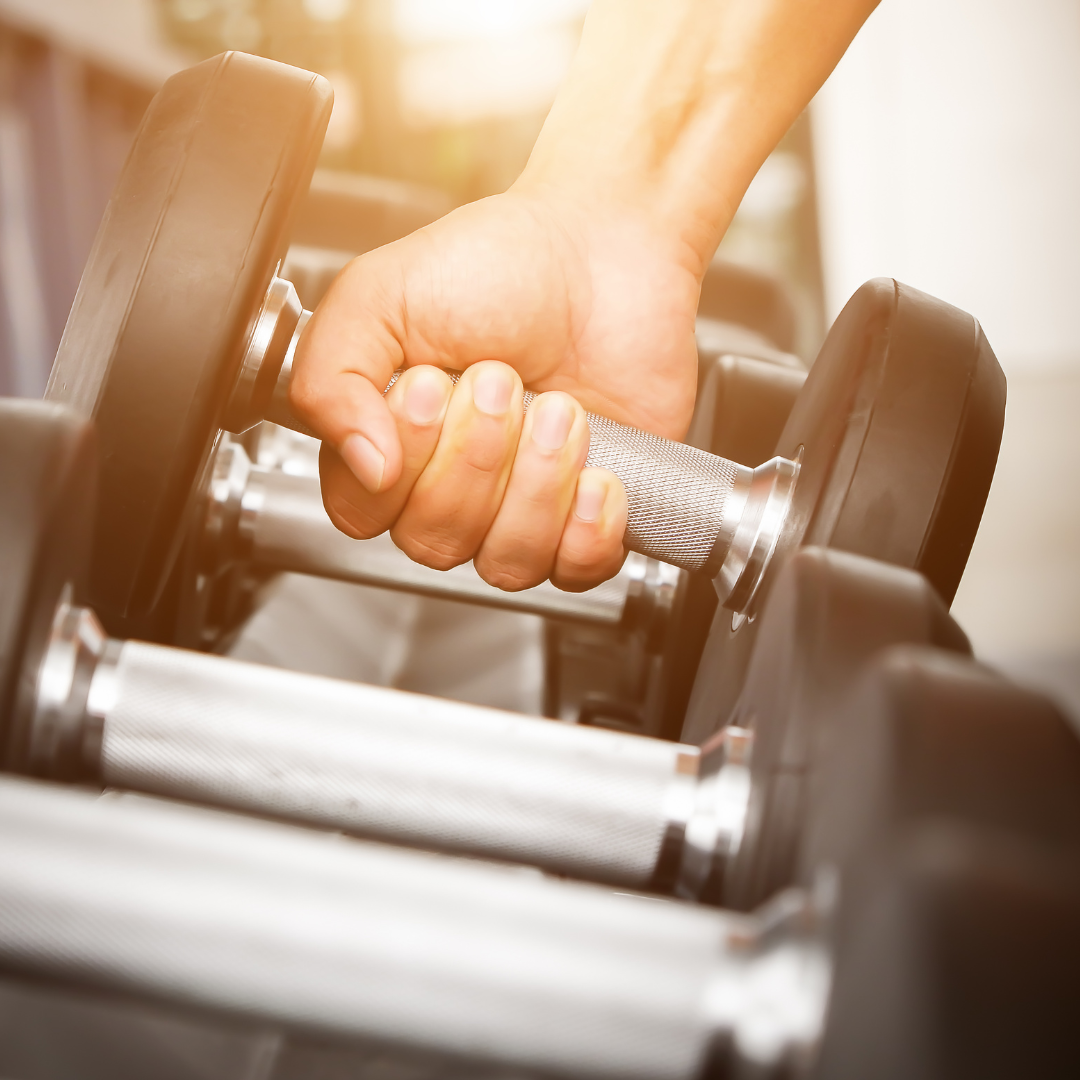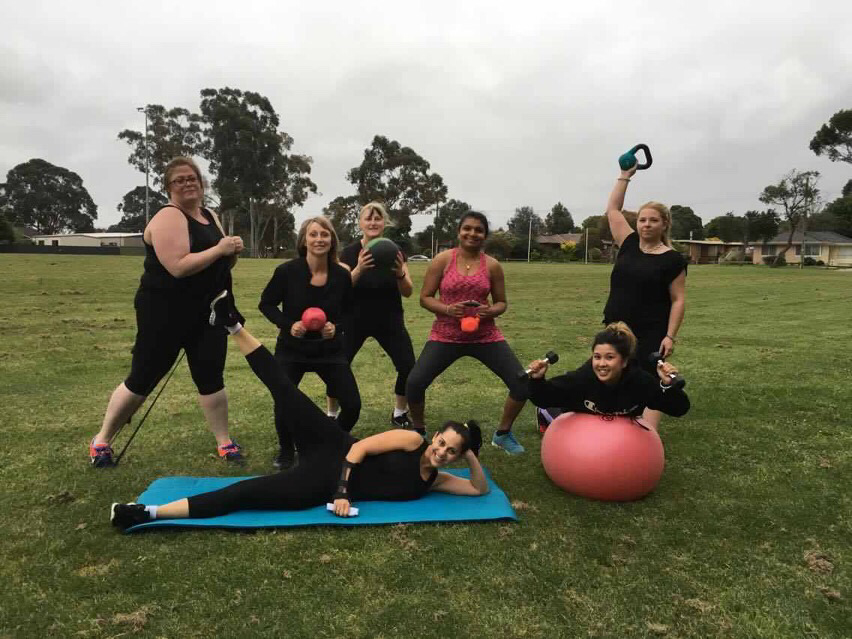|
Feeling sore after a workout is a normal and common occurrence. This experience is commonly referred to as "muscle soreness" or "delayed onset muscle soreness" (DOMS). This generally occurs after you begin a new exercise routine or if you push yourself harder than your body is normally used to. What is actually happening when you feel this soreness after exercise? It can be due to a few factors, such as:
Muscle Damage: When you engage in strenuous exercise, especially if you're trying new or intense exercises, you can cause tiny tears in your muscle fibers. This is a natural part of the muscle-building process. Your body repairs and rebuilds these muscle fibers during rest, making them stronger and more resilient. Inflammation: The body responds to these micro-tears by initiating an inflammatory response. This inflammation can cause pain and discomfort in the affected muscles. It's a sign that your body is working to heal and strengthen the muscles. Lactic Acid Buildup: During intense workouts, your muscles can produce lactic acid, which can contribute to muscle soreness. However, it's important to note that lactic acid is usually cleared from your muscles relatively quickly after exercise and is not the primary cause of DOMS. New or Unaccustomed Exercises: If you try new exercises or significantly increase the intensity or duration of your workout, you may experience more soreness because your muscles aren't accustomed to that specific type of stress. Dehydration and Nutrition: Proper hydration and nutrition play a crucial role in muscle recovery. Dehydration can exacerbate muscle soreness, so it's important to stay well-hydrated before, during, and after your workouts. Additionally, a balanced diet with adequate protein and other nutrients is essential for muscle repair and growth. We have some great tips to help you manage DOMS and exercise related pain. Expectations: Firstly, if you're in your first few weeks of an exercise program, go into it expecting that you will be a bit sore as you begin to teach those muscle fibres how to activate and deactivate throughout exercises. Rest: Give your body time to heal and rebuild. Adequate rest is essential for recovery. Hydrate: Drink plenty of water to help flush out waste products and reduce the risk of cramping. Stretch: Gentle stretching can help relieve muscle tension and improve flexibility. Light Activity: Engaging in low-intensity activities like walking or swimming can promote blood flow and aid in recovery. Remember that some degree of soreness is normal, especially when you're starting a new workout routine or increasing the intensity of your exercises. However, if you experience severe or prolonged pain, it's important to consult with a healthcare professional to rule out any underlying issues or injuries. In addition to these strategies, it can be helpful to get regular myotherapy treatment if you are a highly physically active person. Myotherapy offers more than just pain relief, your myotherapist can also help you with injury prevention strategies and help you achieve peak performance through balancing muscles that work together and opposite each other. Book a time with one of our therapists to help you manage post exercise pain. Do you experience post-exercise soreness? Does DOMS get you down? Our muscles can only do so much before they need a bit of TLC. But today, I'm going to give you some tips on how to reduce the aches and pains caused by exercise. .1. Stretch It Out
Stretching helps to relax muscles that are tight from exercise. Remember: stretches are best done when you're still warm – so use it as an exercise cool-down. You may also stretch during gentle exercise such as yoga. Major muscle groups to stretch: quadriceps, hamstrings, glutes, pecs, traps, calves, and anything that's sore 2. Roll It Out Foam rolling is a cheap option that helps release trigger points. It's a great addition to a cool-down routine. Using a foam roller, you roll over the muscle until you find a tender spot. Gently roll over that spot until you feel relief. Foam rolling is all about self-releasing the over-active muscles. By releasing the trigger points, it allows the muscles to relax, which means less soreness the next day. Major muscle groups to roll: quadriceps, hamstrings, glutes, lower back, middle and upper back, side of upper legs (IT band), inner thighs, and anything that's sore 3. Treat Yourself To A Treatment If you experience constant post-exercise soreness, a myotherapist can help. As a myotherapist, I can offer many treatments that can alleviate sore muscles. From massage and trigger point therapy to cupping and even taping, there's a solution for your pain. Myotherapy works because it treats the muscle pain that may not respond to stretching or rolling. It's also much easier – and more enjoyable – to have someone treat your muscles for you. We all deserve a good massage! Have a question about stretching, rolling or booking a treatment? I'd love to hear from you! Are you local to Ferntree Gully and looking for a Personal Trainer? Courtney Taylor at Fitness Taylor'd For You runs regular boot camp classes in the Knox area. Thanks to Courtney and the boot camp class for the fun photo!  Officially, DOMS is the WORST. It's pretty much the worst reward for pushing your upper physical limits. For me, a 60 minute leg routine is still going strong 2 days later. Sitting, standing, stairs - these are all my least favourite right now. So I'm doing a bit of an experiment on myself using Kinesio Taping to see what impacts, if any, it has on the DOMS in my quads. I've taped the right leg as my experimental group - one big strip all the way across the knee to the hip; one split strip over the left and right sides of my thigh following the most painful areas vertically; and a cross strip over the most painful spot horizontally. The left leg is the control group - lefty gets no taping. I applied the taping about 24 hours ago, and what I've found so far is:
I'm interested to see what impacts the taping might have over the next 24-48 hours. I found a research paper that indicated that taping could reduce the duration of DOMS, so I'll report back in another 24 hours on whether I've experienced any differences between the taped and untaped leg. Another lesson I've learnt is - leg day is 100% a Friday only PT session for me! |
Meet Our Team
We have a team of great practitioners available 7 days a week at our Rowville clinic. Archives
July 2024
Categories
All
|
Got a question about Myotherapy?
Contact Mel by phone, email or Facebook
|
Simple Wellness Myotherapy & Remedial Massage Clinic
Shop 12B 150 Kelletts Rd Rowville VIC 3178 |
Phone us on
03 8204 0970 |



 RSS Feed
RSS Feed